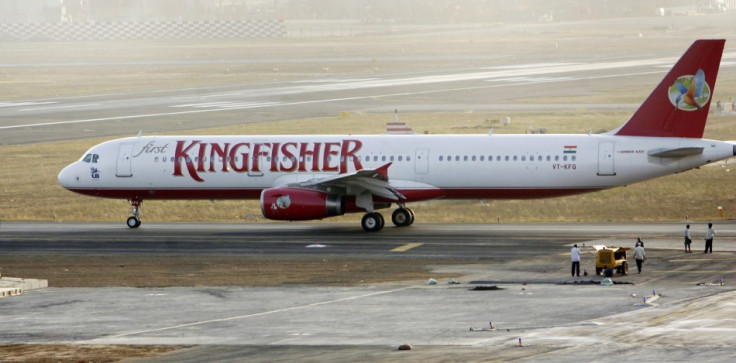980 flights in 24 hours: Mumbai beats Gatwick to be world's busiest single-runway airport

KEY POINTS
- Mumbai airport beats previous record it set in December.
- Gatwick comes second by clocking 870 flights during 19-hour window.
Mumbai's Chhatrapati Shivaji International Airport has been confirmed as the world's busiest single-runway after it flew 980 flights in a 24-hour period.
The airport registered the feat on January 20, beating its own previous record in the process.
"Before this, on December 6, the airport had landed 974 flights," a spokesperson said.
The airport, which is second to Delhi in terms of total traffic, transports around 45 million passengers every year.
Despite the record-breaking feat, the UK's Gatwick Airport is generally considered the most productive. Mumbai runs around the clock, unlike Gatwick, which is forced to close to air traffic from 12pm to 5am due to night-time restrictions that in place since 1971.
Gatwick managed to clock 870 flights in a 19-hour period in 2017, meaning that it can lay claim to being the most efficiently-run single runway airport by operating 55 flights per hour.
However, a spokesperson for Mumbai International Airport says that their achievement is all the more impressive due to extreme external logistical pressures
"The most important difference between Gatwick and Mumbai is the environment the two airports are set in," he told the Times of India.
"Mumbai airport functions in a space-starved, infrastructure-constrained environment, unlike any other. More flights can't be added onto Mumbai's single runway without a holistic approach that takes into account the ground realities, India's regulatory framework, human factors etc."
"London is served by four airports—Heathrow the largest followed by Gatwick, Stansted and Luton. Heathrow has two simultaneously operational runways and the rest each have one, a total of five available runways for London-bound flights. Mumbai, on the other hand, is served by only one airport."
Built in 1942, the airport scrapped its second airstrip in 2013 after it discovered it could significantly increase capacity by reducing cross-runway operations.






















